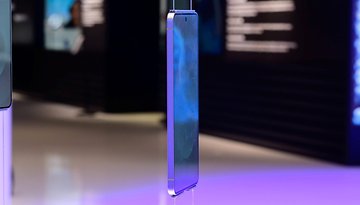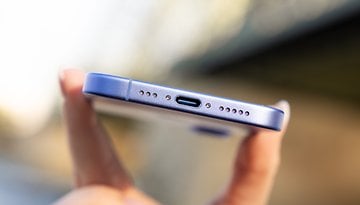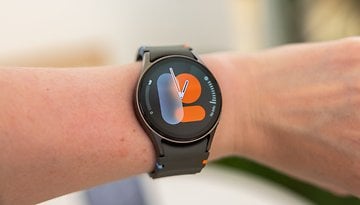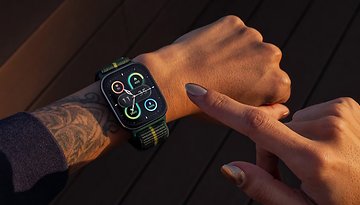OnePlus 8T Concept with colour changing back panel, mmWave radar tech showcased


OnePlus - like other Chinese smartphone brands - is known for coming up with new smartphone concepts with special, and sometimes unique features. As 2020 draws to a close, the company thought it's about time they showcase something very interesting. The device in question here is called the 'OnePlus 8T Concept'. Let's take a closer look.
As you might have guessed from the headline of the article, the primary talking point about the OnePlus 8T Concept is its colour changing rear panel. While the new concept smartphone concept is based on the existing OnePlus 8T, what makes this version of the phone different is a technology called ECMF that lets the phone change the colours of the rear panel.
ECMF- which stands for Electronic Color, Material and Finish - basically uses something known as an electrochromic glass back panel that gives it the ability to change colours by simply adjusting the voltage and current being supplied to this panel. This voltage is controlled by the smartphone software, allowing the back to adapt to different situations.
Anyway, the best way to see exactly what that looks like is to watch this video for yourself right now:
While the technology looks cool, OnePlus still seems to be in the mode to find out what to do with this 'feature'. Right now, they claim that the ECMF back panel could possibly let users know about incoming notifications.
Now, the colour-changing ECMF tech wasn't the only piece of 'interesting' tech that OnePlus showcased with the OnePlus 8T Concept. The company, in fact, went one step ahead and added a mmWave enabled radar sensor, which they integrated into the camera hump of the phone.
'Reactive Sensing Technology,' combines ECMF with mmWave
The dedicated mmWave radar sensor integrated into the rear camera module works in conjunction with the ECMF panel and gives the OnePlus 8T Concept the ability to track objects. This is not to be confused with communication via mmWave, which is used in some countries as part of the 5G standard.
A more appropriate comparison would be what Google did with Motion Sense on the Google Pixel 4, where a similar sensor enabled control via gestures. However, the technology didn't really catch on and Google dropped the radar sensor, called "Soli", right away on its successor - the Google Pixel 5.
OnePlus' concept, however, is said to be able to detect a user's breathing and adjust the color of the rear panel as they breathe in and out. OnePlus says this could turn the smartphone into a biofeedback device. Biofeedback devices are used in medicine, for example, to visualize certain bodily functions like breathing in behavioral therapy.
OnePlus is not doing ECMF for the first time
Interestingly, this is not the first time that OnePlus has showcased a phone with such a feature, ability.
At CES in January 2020, the company, showcased another concept device called the "OnePlus Concept One" which featured a camera module that could 'disappear' when not in use. While it could not change colours, what the OnePlus Concept One did was simply another adaptation of ECMF technology. The trick made for a pretty back, but also served as an ND filter to give smartphone photographers new options.
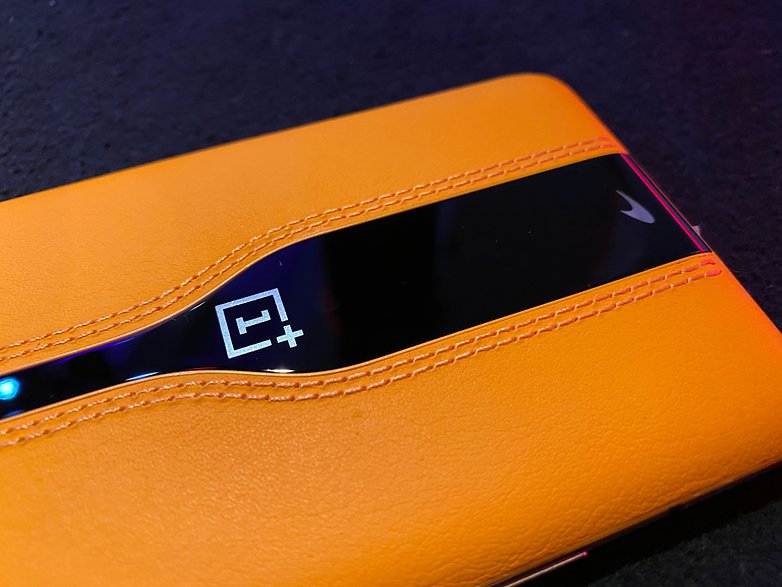
As with the OnePlus Concept One, however, the company has no plans to actually bring the new concept to market. They're just using the prototype to show off what could be possible with such technology. However, it's conceivable that the tech shown here – or at least parts of it – could be used in future OnePlus smartphones.
What do you think of biofeedback, color changes on the back, and radar sensors? Are these just superfluous features, or could they shine as special features on smartphone models of the future?
Source: The Verge, 9to5Google, Android Authority






